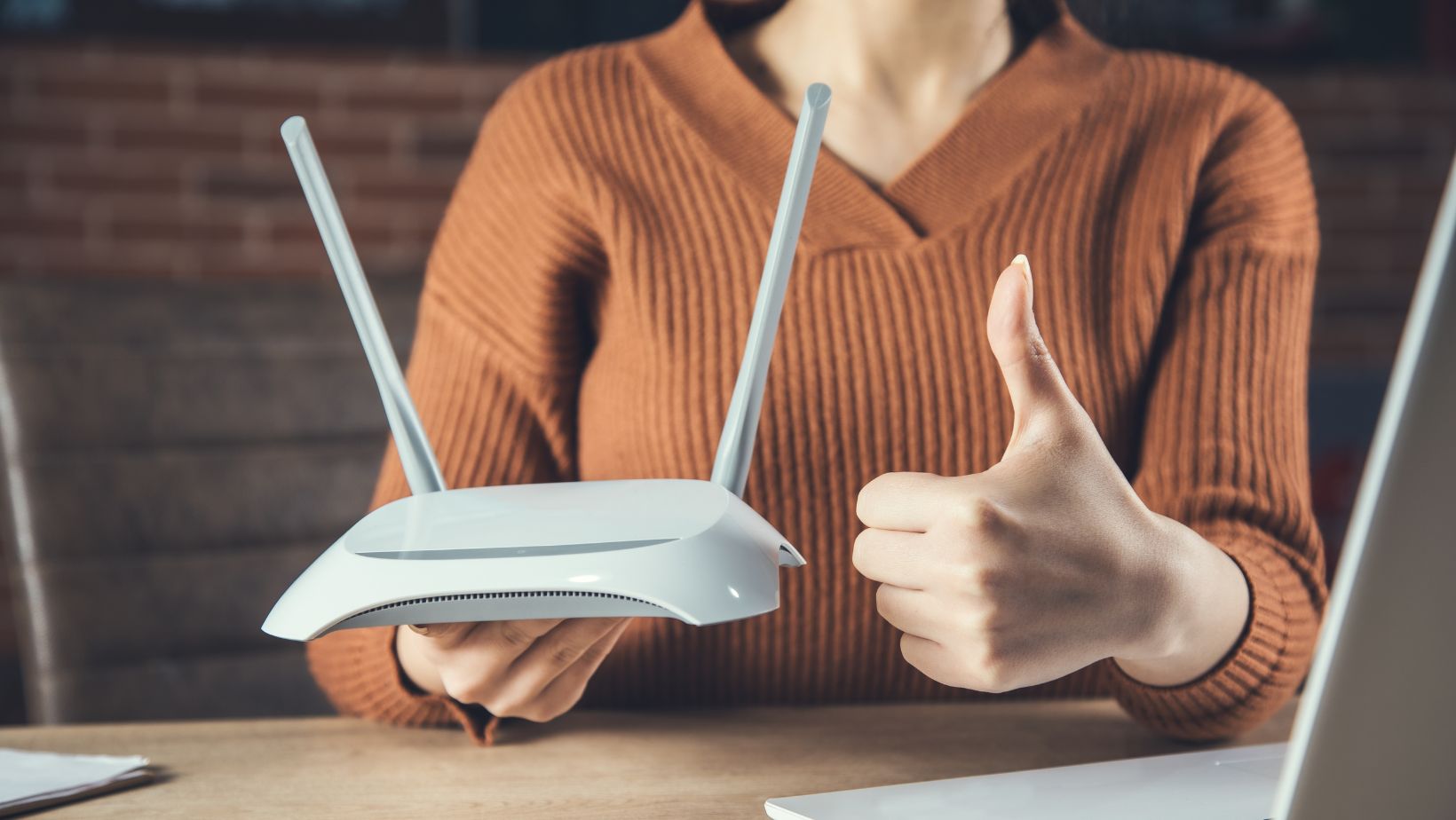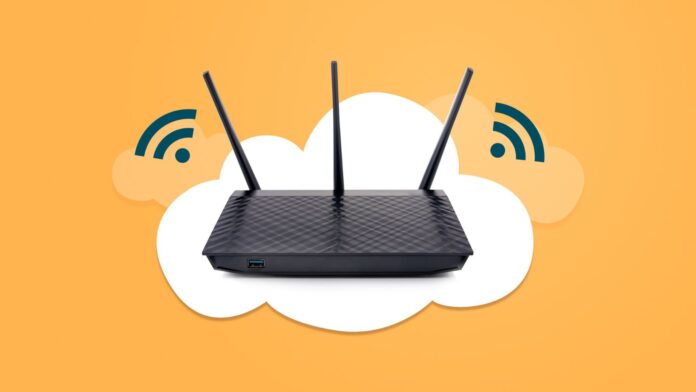How to Login to Verizon Router
Looking to login to your Verizon router? You’ve come to the right place. In this article, I’ll walk you through the step-by-step process of accessing your Verizon router’s login page and getting connected in no time.
First things first, make sure you’re connected to your router’s network. Once connected, open a web browser on your device and type in the default IP address for Verizon routers: 192.168.1.1 or 192.168.0.1 (depending on your specific model). Hit Enter and you should be directed to the login page.
Now, it’s time to enter your credentials. If you haven’t changed them before, try using the default username and password provided by Verizon (usually admin/admin). Keep in mind that these credentials can vary depending on your specific router model.
Once you’ve successfully logged in, you’ll have access to all the settings and configurations of your Verizon router. From here, you can customize your network name (SSID), set up security measures like passwords or firewalls, and even troubleshoot any connectivity issues.
So there you have it – a quick guide on how to login to your Verizon router. With these simple steps, you’ll be able to take control of your network settings and ensure a seamless internet experience for all devices connected to it. Let’s get started!

Configuring Your Router Settings
Once you have successfully logged in to your Verizon router, it’s time to configure your router settings. This step is crucial for ensuring optimal performance and security of your network. In this section, I’ll guide you through the process of configuring your router settings.
- Change the Default Password: One of the first things you should do is change the default password used to access your router’s settings. This helps protect your network from unauthorized access. Choose a strong password that includes a combination of letters, numbers, and special characters.
- Update Firmware: It’s important to keep your router’s firmware up to date as it contains bug fixes and security patches. Check for any available firmware updates on the manufacturer’s website or within the router’s admin panel, and follow the instructions provided to install them.
- Set Up Wireless Network: To create a wireless network with a secure connection, navigate to the Wireless Settings section in your router’s admin panel. Here, you can customize your SSID (network name) and set up encryption options such as WPA2-PSK for enhanced security.
- Configure Guest Network: If you want to provide internet access to guests without giving them full access to your main network, consider setting up a guest network feature available in many routers’ settings. This allows guests to connect securely while keeping them isolated from other devices on your primary network.
- Port Forwarding: If you need certain applications or services on specific devices within your network accessible from outside sources, port forwarding comes into play. By assigning specific ports on your router to those devices, incoming traffic can be directed appropriately.
- Quality of Service (QoS): QoS is an important feature that allows you to prioritize certain types of internet traffic over others within your home network. You can allocate bandwidth preferences based on activities like gaming or streaming for an uninterrupted experience.
Remember to save your changes after configuring each setting. It’s a good practice to periodically evaluate and update your router settings as technology evolves and new security measures become available.


